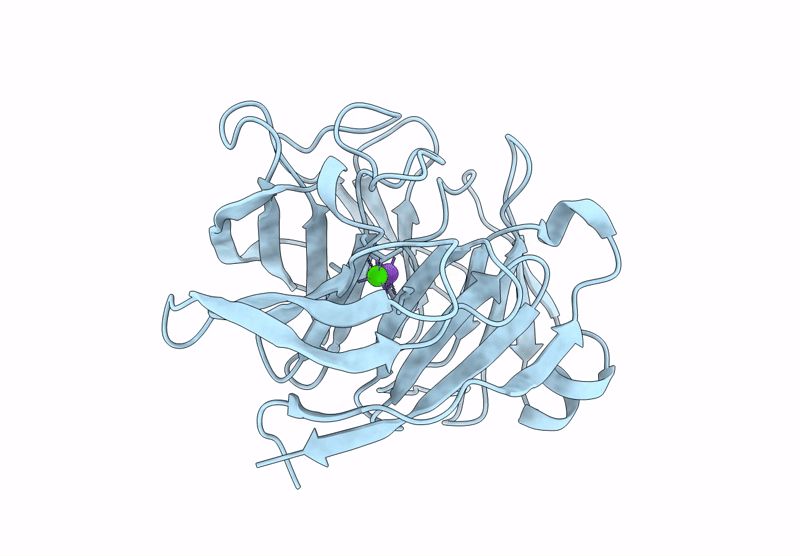
Deposition Date
2024-09-20
Release Date
2025-03-26
Last Version Date
2025-04-02
Method Details:
Experimental Method:
Resolution:
1.45 Å
R-Value Free:
0.19
R-Value Work:
0.16
R-Value Observed:
0.16
Space Group:
P 1 21 1


